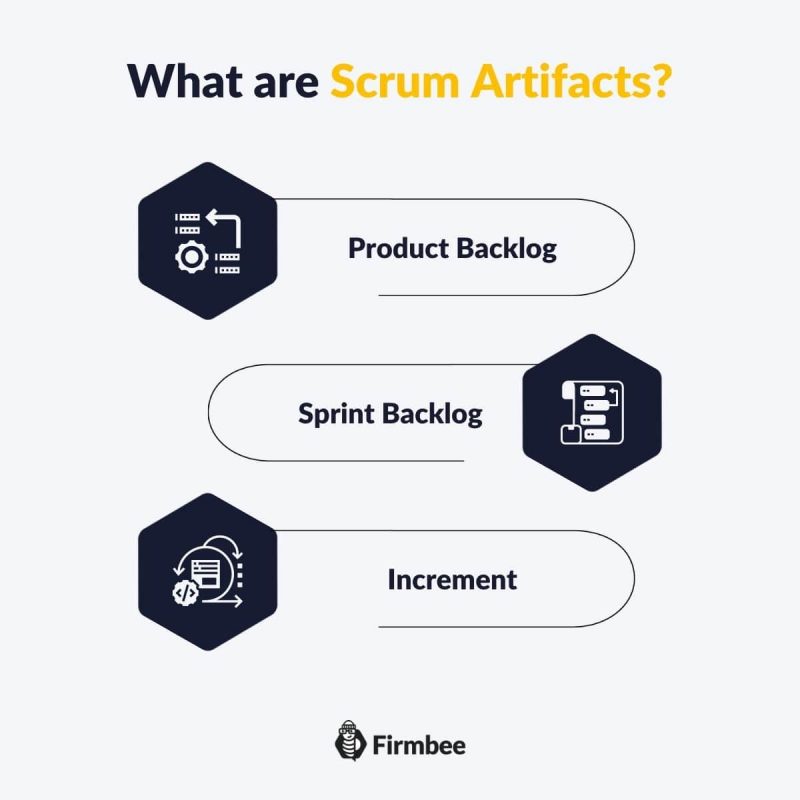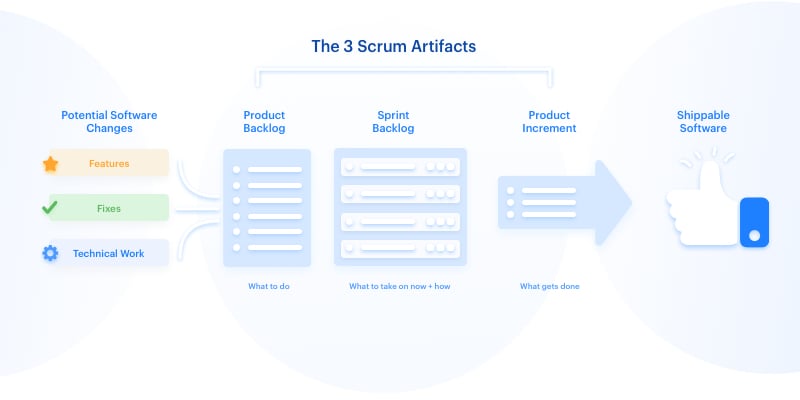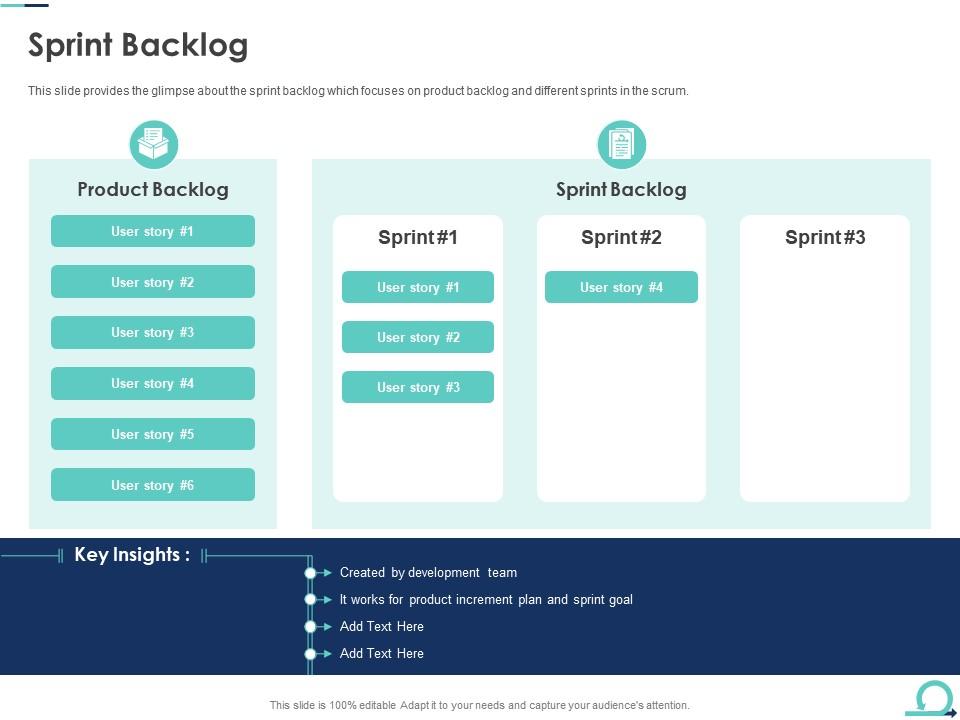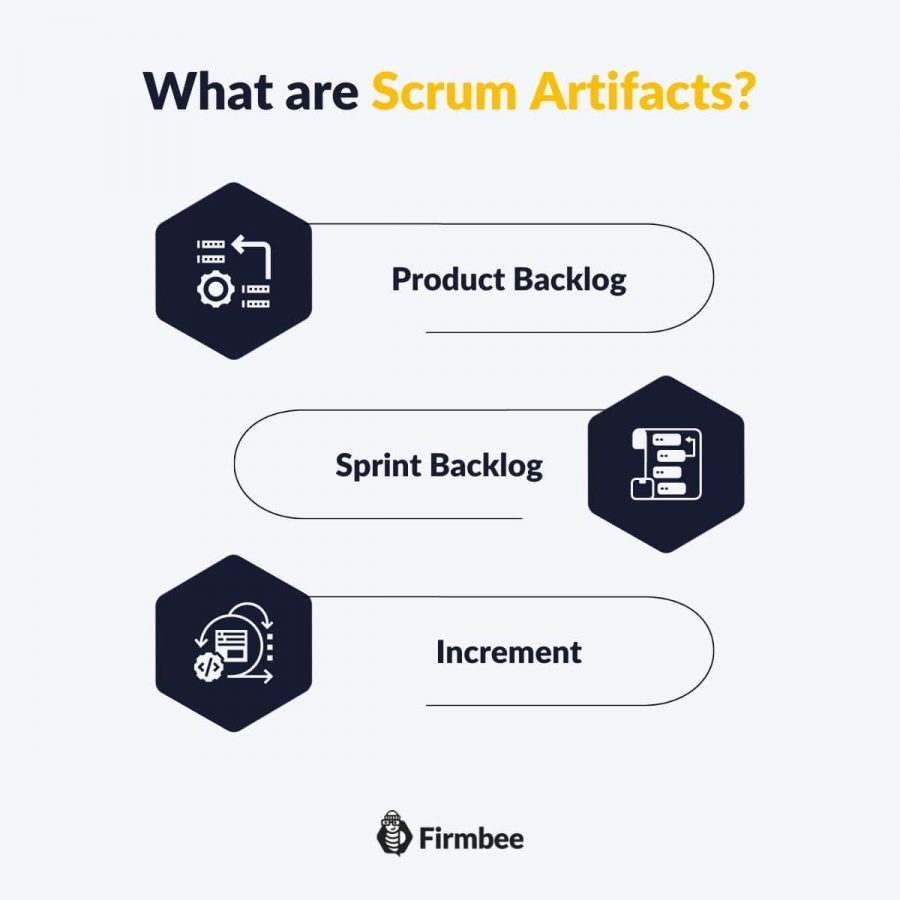Scrum Framework: A Brief Overview
Scrum is an Agile project management framework that has gained significant popularity in recent years. Originating from software development, Scrum has since been applied to various industries and disciplines, demonstrating its versatility and effectiveness. The Scrum framework is built upon three pillars: transparency, inspection, and adaptation, which together enable continuous improvement and learning. Three key roles are defined within the Scrum framework: the Scrum Master, the Product Owner, and the Development Team. The Scrum Master acts as a servant-leader, facilitating the Scrum events and removing any impediments that the team may encounter. The Product Owner is responsible for managing the Product Backlog, which is the single source of requirements for the product. The Development Team consists of cross-functional professionals who collaborate to deliver the product increment during each Sprint.
The Significance of Scrum Artifacts
Scrum artifacts are crucial components of the Scrum framework, serving as the foundation for information flow and transparency. These artifacts help the Scrum Team stay aligned, make informed decisions, and continuously improve their processes. By focusing on the core Scrum artifacts—the Product Backlog, Sprint Backlog, and Increment—teams can effectively manage their work and deliver value to stakeholders. Scrum artifacts play a vital role in facilitating communication and collaboration within the Scrum Team and with stakeholders. By maintaining clear, concise, and up-to-date artifacts, teams can minimize misunderstandings and ensure everyone is working towards the same goals. Furthermore, Scrum artifacts support the three pillars of Scrum—transparency, inspection, and adaptation—by providing a shared understanding of the product and its progress.
Product Backlog: The Backbone of Scrum Artifacts
The Product Backlog is the single source of requirements for the product, managed by the Product Owner. It contains user stories, features, bugs, and other work items, prioritized based on business value and importance. The Product Backlog is a dynamic and flexible plan, constantly evolving as the team’s understanding of the product and its requirements change. As the central repository for all product-related work, the Product Backlog provides a clear and concise overview of the product’s current and future state. By maintaining a well-groomed Product Backlog, the Product Owner ensures that the Development Team has a clear understanding of what needs to be built and why. This transparency and alignment foster informed decision-making and contribute to the team’s continuous improvement efforts.
Sprint Backlog: The Development Team’s Plan of Action
The Sprint Backlog is the Development Team’s plan for delivering the selected Product Backlog items during the Sprint. It is a forecast of work that the team commits to complete and is updated throughout the Sprint to reflect the team’s progress and changing needs. The Sprint Backlog is a living document, allowing the team to adapt and respond to new information or changing circumstances. By creating and maintaining a Sprint Backlog, the Development Team gains a clear understanding of their commitments and the work required to meet them. This transparency and alignment foster informed decision-making and contribute to the team’s continuous improvement efforts. Regularly updating the Sprint Backlog also helps the team identify potential issues early, allowing them to adjust their approach and minimize risks.
Increment: The Result of the Sprint
The Increment is the sum of all the Product Backlog items completed during a Sprint, plus the value of the product from previous Sprints. It represents a tangible, usable, and potentially releasable piece of the final product. The Increment must meet the Definition of Done, which is a shared understanding among the team about the quality and completeness criteria for the Increment. By focusing on delivering a valuable Increment at the end of each Sprint, the Scrum Team can continuously improve the product and provide stakeholders with frequent opportunities to review and provide feedback. This iterative approach fosters transparency, encourages collaboration, and helps the team maintain a sustainable development pace.
How to Leverage Scrum Artifacts Effectively
Scrum artifacts are essential components of the Scrum framework, facilitating information flow, and transparency. To maximize their benefits, consider the following practical tips and best practices:
-
Make the Product Backlog visible, transparent, and easily accessible
Ensure that the Product Backlog is a living document, regularly updated and accessible to all team members and stakeholders. This transparency encourages collaboration, promotes shared understanding, and enables the team to respond effectively to changing requirements.
-
Update the Sprint Backlog regularly and transparently
Regularly review and update the Sprint Backlog to reflect the team’s current understanding and progress. This practice helps the team identify potential issues early, adapt to changing needs, and maintain a clear focus on their Sprint goals.
-
Inspect and adapt the Definition of Done
As the team’s understanding and capabilities evolve, periodically review and update the Definition of Done. This shared understanding of quality and completeness criteria helps ensure that the Increment meets the desired standards and is ready for release.
Common Misconceptions and Pitfalls about Scrum Artifacts
Scrum artifacts are powerful tools that, when used correctly, can significantly enhance a team’s Agile project management experience. However, there are several misconceptions and pitfalls that teams should be aware of to ensure they are leveraging these artifacts effectively:
-
Treating the Product Backlog as a fixed and rigid list of requirements
The Product Backlog is a dynamic and flexible plan that evolves with the project. It should not be treated as a fixed list of requirements, but rather as a living document that adapts to changing needs and priorities.
-
Overburdening the Sprint Backlog with too many details
Adding excessive details to the Sprint Backlog can cause confusion and inefficiency. Instead, focus on the essential tasks and user stories necessary for delivering the Sprint Goal.
-
Neglecting the Definition of Done
A clear and shared Definition of Done is crucial for ensuring consistent quality and preventing rework. Failing to establish or maintain a Definition of Done can lead to inconsistent results and decreased trust within the team.
Conclusion: The Power of Scrum Artifacts
Scrum artifacts play a crucial role in the successful implementation of the Scrum framework, fostering transparency, inspection, and adaptation. By understanding and effectively leveraging these artifacts, teams can significantly enhance their Agile project management experience.
The Product Backlog, Sprint Backlog, and Increment serve as the backbone of the Scrum process, enabling the team to manage requirements, plan sprints, and deliver valuable increments. By ensuring these artifacts remain visible, transparent, and up-to-date, teams can stay aligned, make informed decisions, and continuously improve their processes.
When working with Scrum artifacts, it’s essential to avoid common misconceptions and pitfalls, such as treating the Product Backlog as a fixed list, overburdening the Sprint Backlog with details, or neglecting the Definition of Done. By being aware of these potential issues, teams can proactively address them and ensure their Scrum practice remains effective and efficient.
In conclusion, we encourage readers to explore and experiment with Scrum artifacts in their own Scrum practice. Embrace the principles of continuous learning, improvement, and adaptation, and discover the transformative power of Scrum artifacts in enhancing your Agile project management experience.







